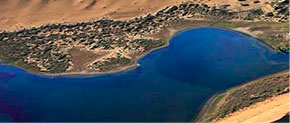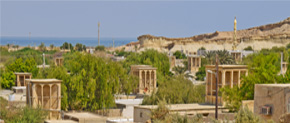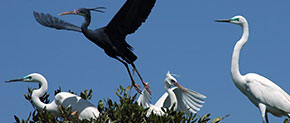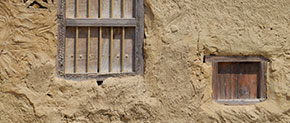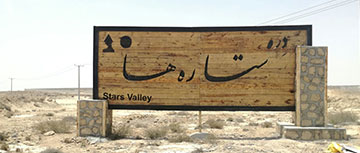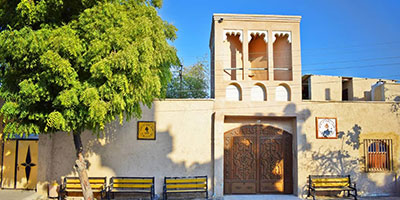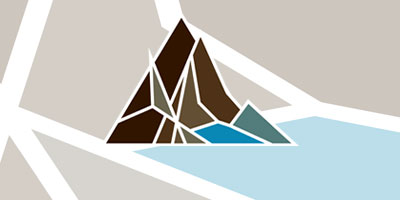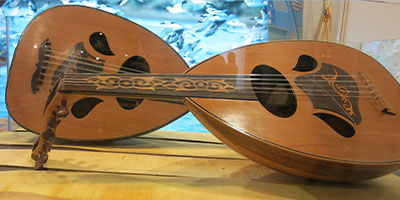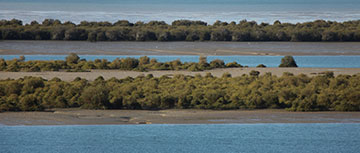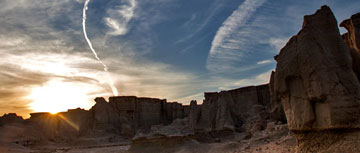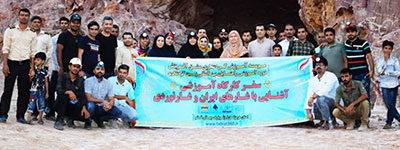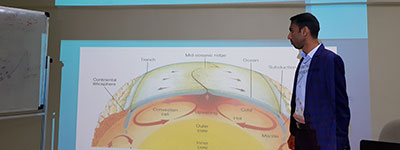Kharbes cave

At the foot of the mountain, a low cliff is located 10 km southwest of the city of Qeshm. Kharbas Cave is a natural cave in which small corridors were created due to the penetration of water. These corridors were subsequently expanded and developed at historic times. This cave consists of two floors, the first floor is the natural part of the cave and the second floor is the man-made section, which includes a rectangular central room and small contiguous rooms. Furthermore, the presence of cradle-shaped and crescent-shaped niches and rooms indicates a kind of advanced rock architecture. Kharbas cave, due to the rock architecture and the existence of numerous historical monuments and sites, is most likely related to the historical period (Parthian and most likely Sassanid). This geosite consists of several corridors excavated in the marl floors of the Aghajari Formation. Kharbas cave is a place that possesses historical value in addition to natural attractions. It seems that some of these corridors and passages are man-made and go back to the times when no one remembers. The beautification and construction of stone stairs have made this geosite even more beautiful due to the variety of rocks and visual values and created a suitable place for photographing and recording memories. Other interesting points of this geosite are its biodiversity and the existence of a group of bats that live in this cave. They apparently got along well with the movement of tourists and have not decided to leave. If you do not get too close to them, it is possible to photograph them. If you follow the corridors to the end, you will find undamaged pieces of seashells that are engraved on the walls. On some rocky areas, there are small conduits like a little finger. These are the forms and effects related to the life of marine mollusks that have provided a home for survival and nutrition when they form these deposits by digging in the sediments.
Related downloads
Where Kharbes cave geosite is located ?





